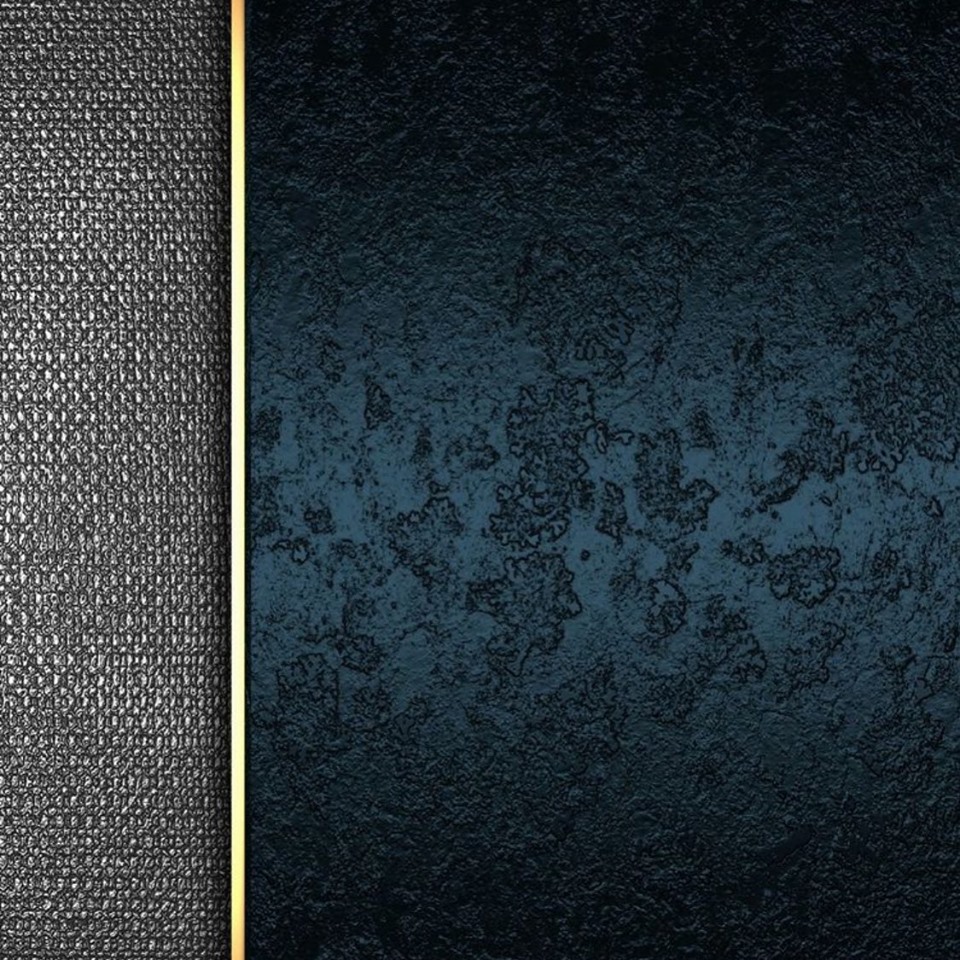
18 May Types of Stucco available for your next polished plaster project
There are a many types of stucco which are suitable for polished plaster projects. Some date back to before Roman times, while others came about in the last century. Regardless of how old they are though they all have a place in a project.
We can also find unique stuccos, or derivatives of the oldest plaster Marmorino, around the world. Clay-based plaster is a good example, as an alternative to lime.
At Chrysalis, the two main plasters we work with are Marmorino plaster and acrylic, but we can work with others too. In this article, we’ll cover the types of stucco available for your next polished plaster project.
Marmorino
Natural stucco
Marmorino is one of the oldest plasters in the world. It dates back to before Roman times and is lime-based with a very smooth texture. Marble dust is added as the core aggregate. By polishing Marmorino you give it the appearance of solid marble.
Venetian
Natural stucco
Often confused with Marmorino plaster, Venetian plaster is also lime-based but adds sand to the aggregate list. The effect of which is a more uniform appearance that is slightly opaquer. As with Marmorino, Venetian is an Italian stucco.
Intona plaster
Natural stucco
Intona plaster is a traditional Italian stucco with a grainier appearance than Marmorino. It has the same texture as limestone when polished and doesn’t polish to as high a sheen, which makes it a good choice for subtler applications.
Acrylic plaster
Synthetic stucco
Acrylic or resin-based plaster is a new product that can be polished with the same effect as Marmorino. It is comprised of a resin base, an elastomeric resin, particulate (such as marble or stone dust) and water. It is highly durable.
Application of stucco
One or three-coat
Traditional stucco is applied in three coats – a scratch, then base, then finish coat. This is labour intensive but creates the best possible finish. It is how stucco has been applied for thousands of years around the world.
Newer stucco systems can be applied with a base coat and a thin topcoat. These are called one-coat stuccos even though they are actually two. One coat stuccos are quickest to apply and offer good results. Most people won’t be able to tell the difference between a three and one-coat stucco unless they are a plasterer.
The best stucco coating system for your project depends on the application. Walls that are in poor condition will probably benefit from a three-coat. Walls in good condition will be able to get away with a one-coat. Feel free to send us some photos of your walls for advice and we’ll recommend the right system.
Stencil and texture
Stucco can also be stencilled for logos, taglines and quotes, and textured to give it a different appearance under certain lighting. There’re two ways to achieve texture with a stucco: by agitating it mechanically, or by introducing aggregates to the plaster mix. Both have their place depending on application.
Find out more today
Polished plaster is suitable for a wide range of applications including columns and archways, in addition to walls and ceilings. It is durable, easy to maintain and healthy because it’s breathable. This prevents mildew and mould from forming, making it suitable for use in wet areas like washrooms and kitchens.
To find out more about the different types of stucco available for your polished plaster project, speak with our team today. We are experts in decorative finishes and specialist plastering techniques. Call us on 0113 269 0592 or 0772 548 8669 or send us a message at this page and we’ll get back to you.




No Comments